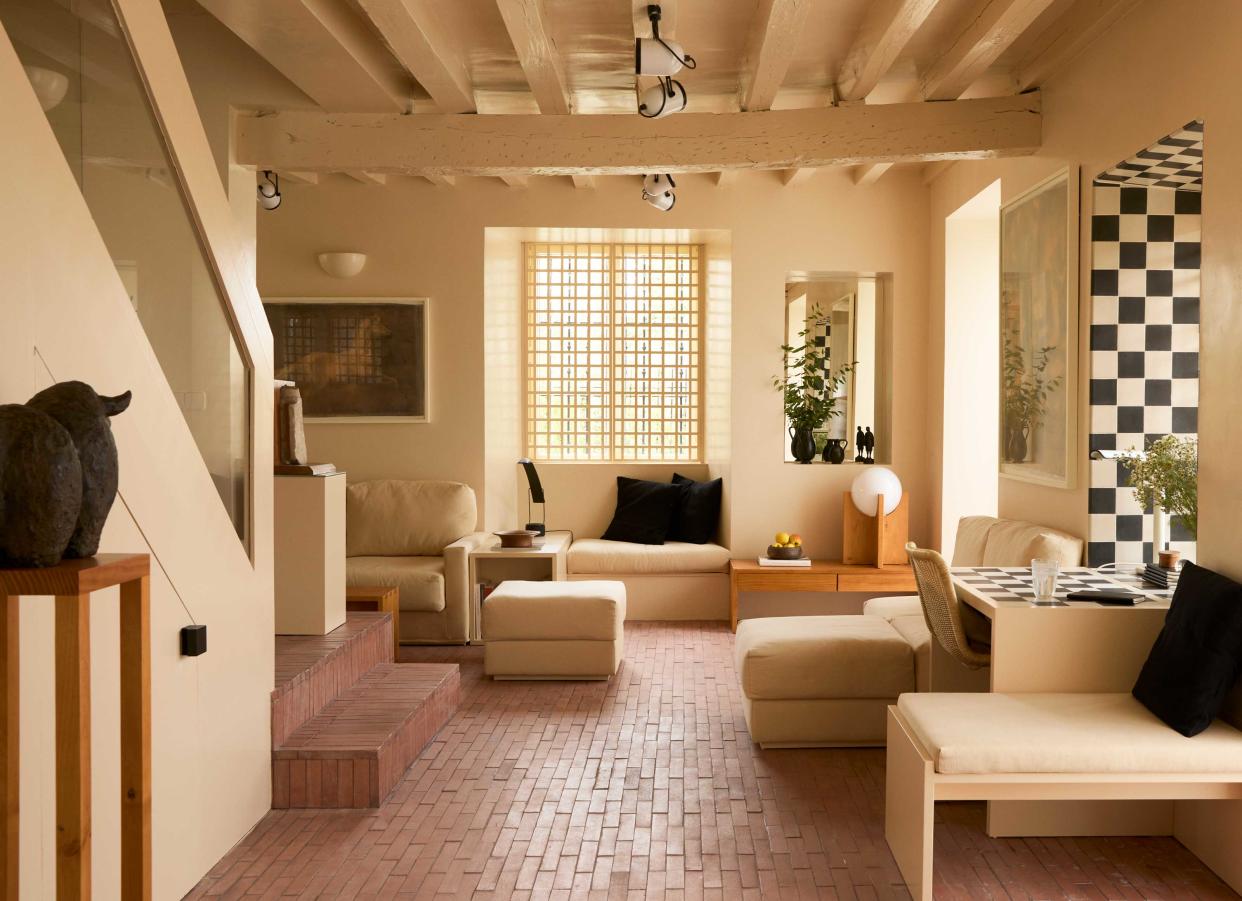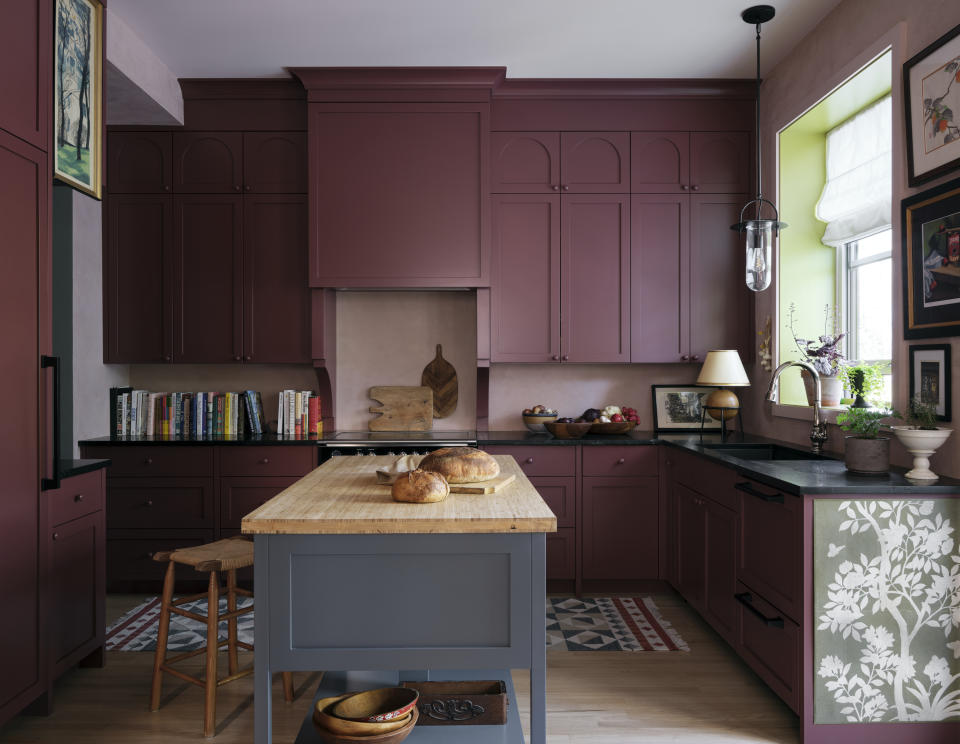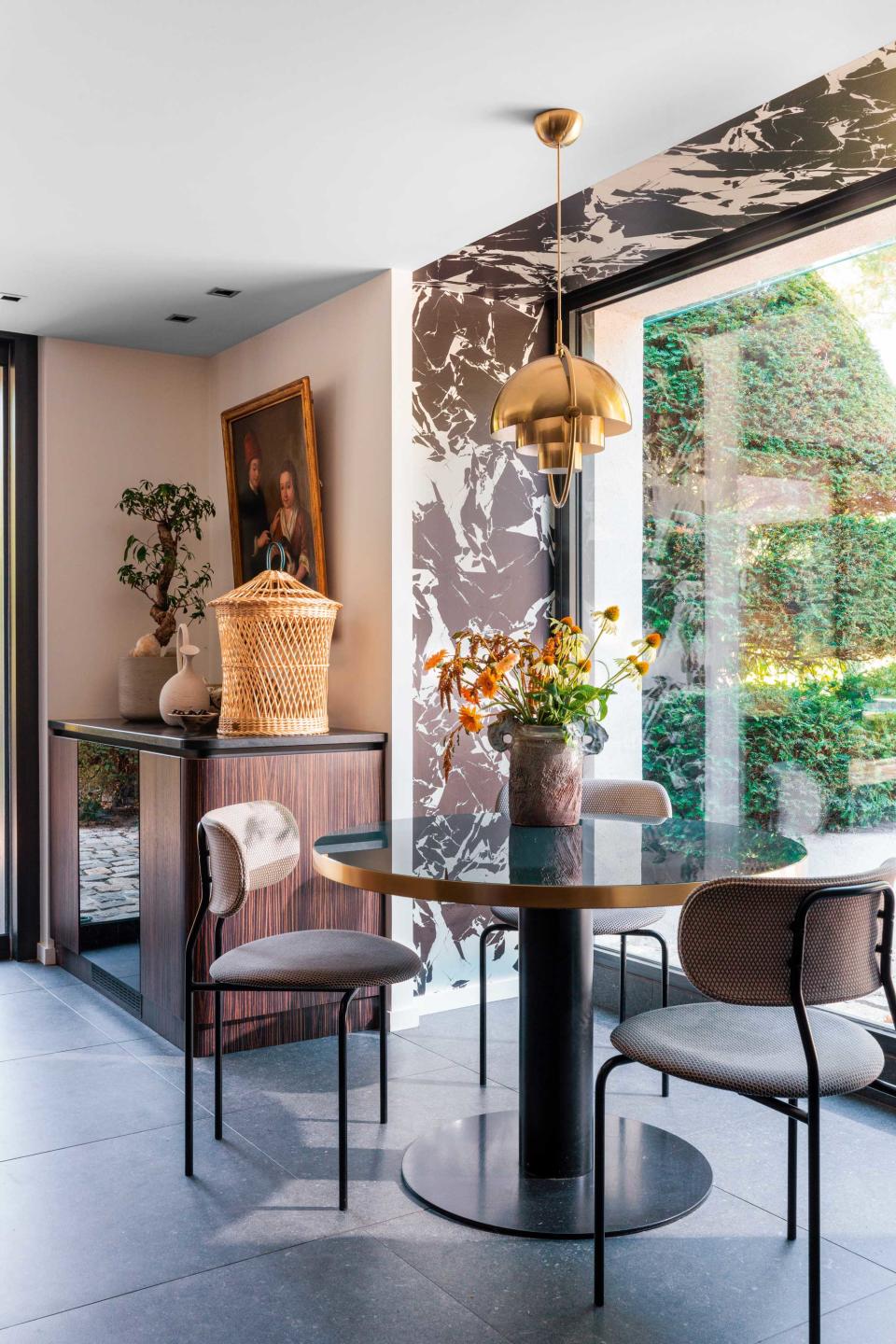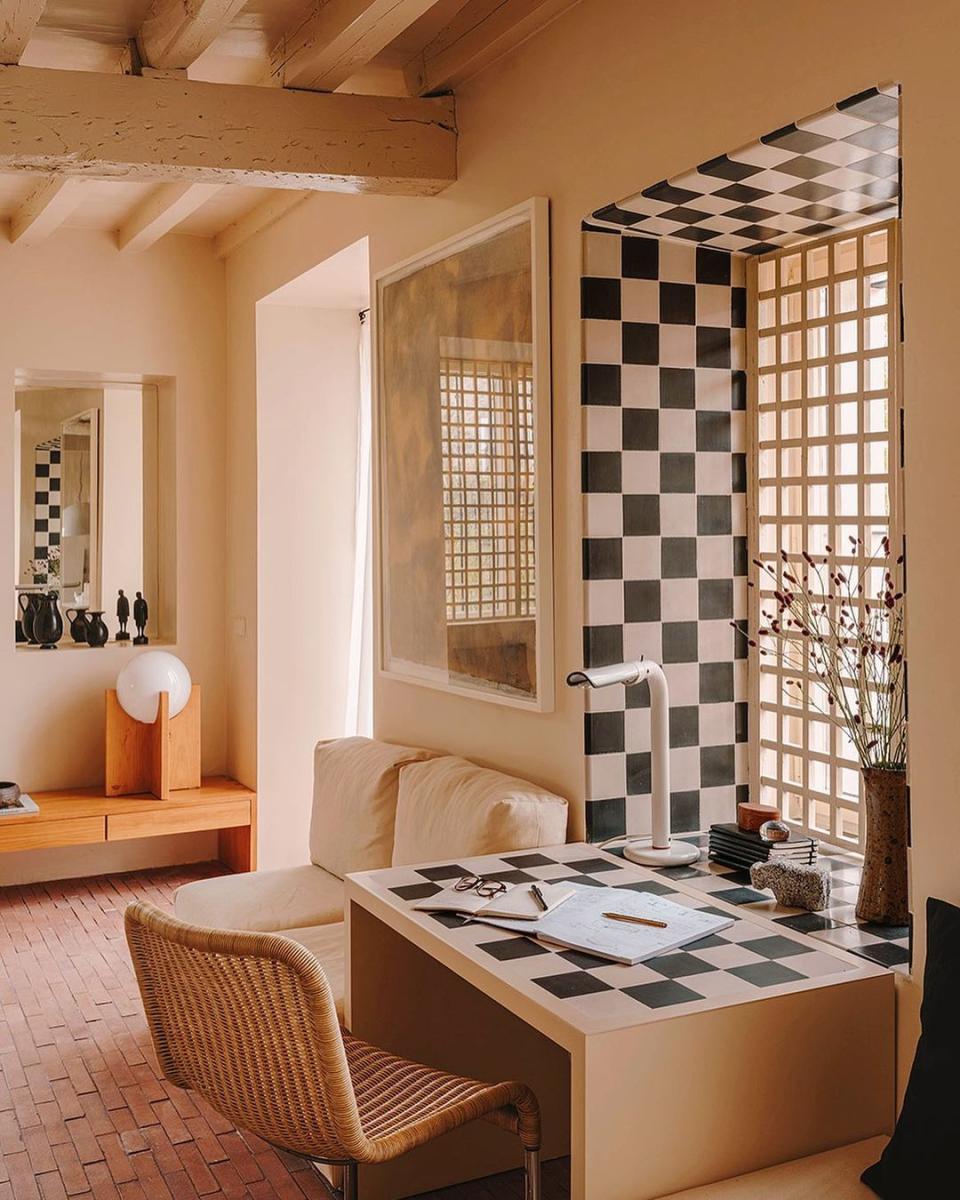'It's the new accent wall, but better' – the next big trend that will make your rooms so much more interesting

The accent wall is dead, long live the accent wall. However you feel about the 'feature wall', it's fair to say it's fallen out of favor in recent years. Yet, there's a reason why the accent wall was so popular once upon a time.
It's a way to 'disrupt' your room's color scheme, and introduce something a little bit different. It creates a point of interest, directing the eye where you want it to go. And while today's interior schemes are a lot more interested in drenching the walls and ceiling in the same color, the idea of the accent still holds court with interior designers.
However, instead of the accent wall, designers have turned to another area to introduce something of a statement - the reveal. Whether it's doors or windows, these small insets in your home's architecture is the perfect way to introduce a feature color or pattern (or both), and we're seeing some of the world's best designers play with this feature.
Here are a few of our favorite 'reveal' ideas - and we think it might just be the next big interior design trend.
'I love the idea that this is the evolution of the accent wall,' says Sophie Donelson, a design expert and author of Uncommon Kitchens, 'but they're more effective. For me, an accent wall doesn't go far enough to transform a room. It draws your eye directly there. Using accents throughout allows your gaze to dance around the room and inhale the nuance as a full experience, not just a one-hit whomp of color.'
1. Introduce an accent color

The classic accent wall was a way to introduce a bold contrast into an interior design scheme through color, but the 'accent reveal' offers a way to do it in a less overbearing way.
For Sophie Donelson, it was the answer for her own kitchen color ideas to bring some life to the scheme. 'The color palette of this room — with oxblood cabinets on one side, warm oak floors and rose-colored Venetian plaster throughout — is warm and sophisticated but a tad cloying and a little "safe" for my taste,' she says. 'It needed more verve!'
This electric shot of green is the perfect antidote to make this kitchen feel more modern. 'Using a hit of acid green or yellow in a room is like citrus zest in a recipe,' Sophie says. 'It wakes the whole thing up. And like zest, you don't necessarily taste it specifically, but you feel the brightness the second you walk in.'

Pretty Ugly paint color
Price: $49
Quantity: Half gallon
2. Create a patterned feature

Of course, you can't talk accent walls without mentioning wallpaper, and as a way to introduce interest to a scheme, its a wall covering that works just as well for a reveal, as this project by French interior designer Claude Cartier goes to prove.
Framing the view out to the grounds of this beautiful villa in Irigny, eastern France, a bold monochromatic wallpaper - it's called Grand Antique by Mathias Kiss for anyone who wants to know - introduces the idea of the accent wall in a way that feels more self-contained than a single wall plastered in the same design.

Novogratz 'Zebra Marble' temporary wallpaper
Price: $35.19
Size: 198" L X 20.5" W X 0.13" H
3. Use it to zone an area

As well as a purely decorative element, an accent reveal can be used to help zone anything set against it, much in the same way the feature wall did.
In the case of this Spanish home, designed by and for the founders of interior design studio Casa Josephine, a painted checkerboard in the window reveal extends out onto a desk tucked underneath the window - the perfect spot for a small home office that makes the best of the home's natural light.
'As the space is limited here, we took advantage of the fact that the walls are very thick to carved niches, shelves and even seats into the walls,' explains Pablo López Navarro, co-founder of Casa Josephine. 'In this case, we built a window in such a way that the window ledge merges on and continues on to the surface of a table. The ledge is made of off-white and dark-grey tiles (cement tiles), and we designed a table with the same table top, with the same height as the window ledge, multiplying the usable surface of the table.'